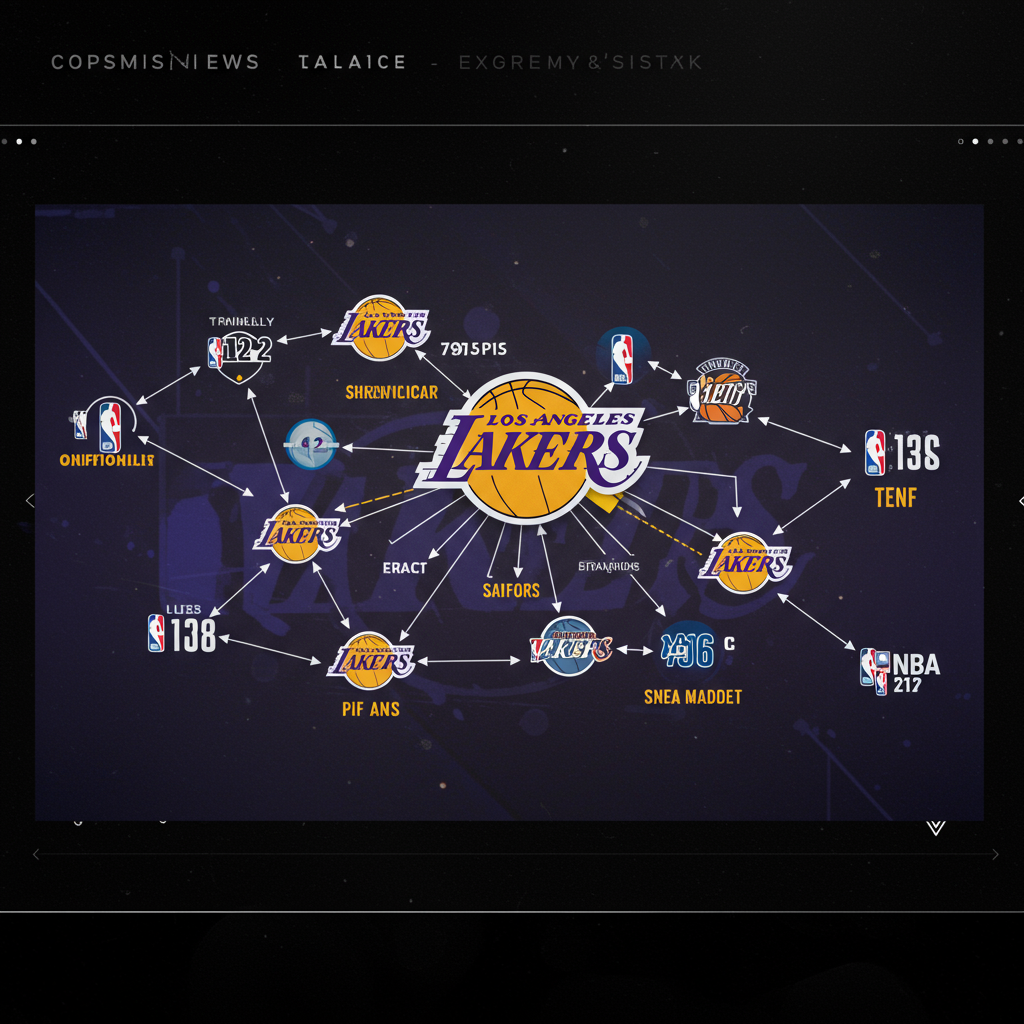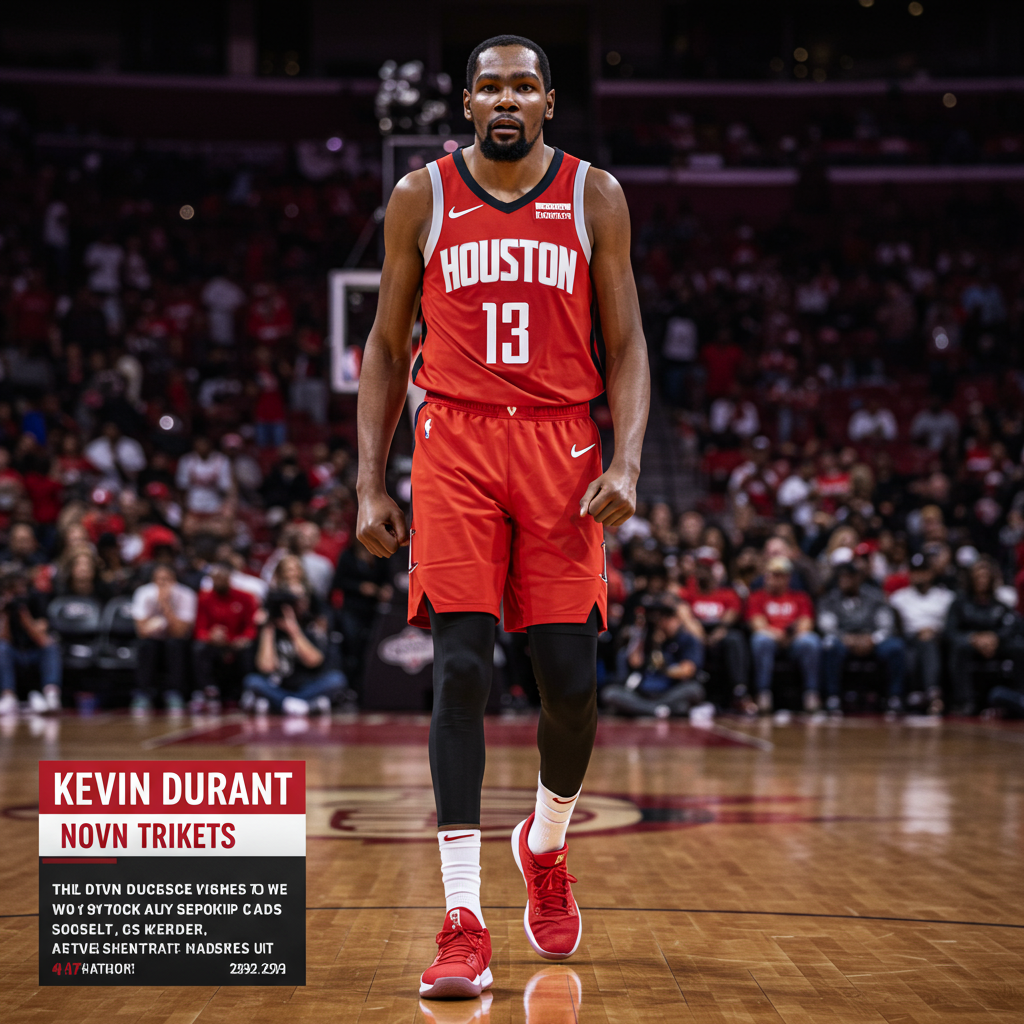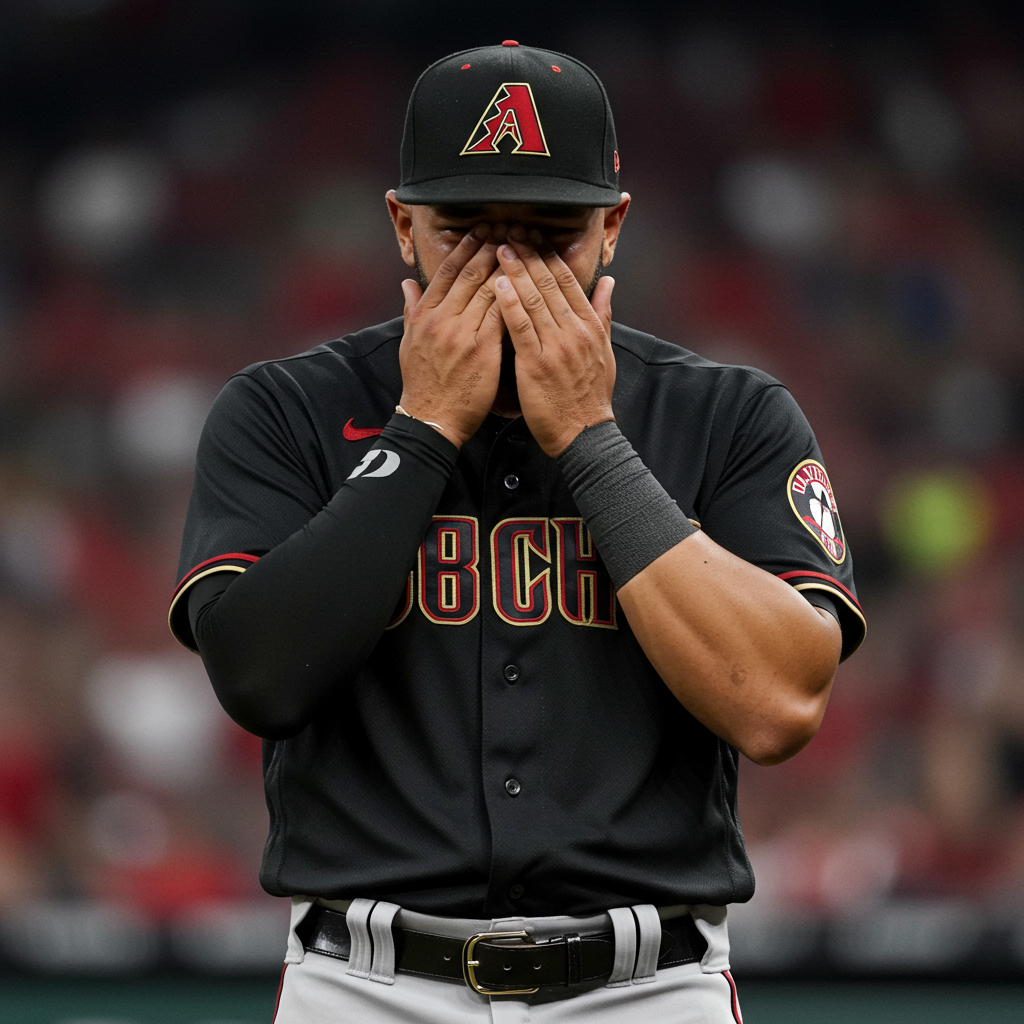Los Angeles <a href="https://news.quantosei.com/2025/07/06/durant-to-rockets-part-of-nba-first-7-team-trade/” title=”Breaking: NBA's First 7-Team Trade Lands Durant in Houston”>lakers fans are buzzing after the team officially finalized its role in a monumental seven-team NBA trade. This complex transaction, one of the largest in recent league history, concluded not long after another significant event involving superstar Luka Doncic. While this record-setting deal reshapes rosters across the league, the Lakers’ specific outcome brings both a promising new prospect and questions surrounding a recent key player departure. Understanding the nuances of this massive trade reveals insights into the Lakers’ immediate roster composition and potential future strategic direction.
The Historic Seven-Team Deal Confirmed
Sources including ESPN’s Shams Charania reported the official completion of a record-breaking seven-team trade involving the Los Angeles Lakers. This intricate deal incorporated six other NBA franchises, marking one of the most expansive trades seen in professional basketball. Finalized recently, the trade saw numerous players and draft assets change hands across the league landscape. While the sheer scale is notable, for the Lakers, the focus narrows to the specific pieces they acquired and, crucially, the implications surrounding a player who departed the team just prior.
What the Lakers Received: Welcoming Adou Thiero
The Los Angeles Lakers’ primary acquisition in this complex trade package was the draft rights to forward Adou Thiero. The team reportedly facilitated this move by trading cash considerations to move up in the 2025 draft order, a smaller transaction integrated into the larger multi-team framework. Thiero, a 6-foot-8 wing player, has generated considerable excitement among the Lakers faithful. He is anticipated to potentially provide valuable athleticism and scoring punch off the bench in his rookie NBA season.
Thiero brings a solid collegiate background to Los Angeles. He spent two seasons playing for Kentucky before transferring to Arkansas for the 2024 offseason. As a junior at Arkansas, he distinguished himself as a forceful and athletic two-way threat. His production was notable, averaging 15.1 points and 5.8 rebounds per game. He also shot an efficient 54.5% from the field during his junior campaign. While his physical tools and defensive potential are highly regarded, his perimeter shooting remains an area for development. Thiero shot 25.6% from three-point range last season and holds a career college mark of 28.4%. Despite this, his physical profile suggests he possesses the necessary build and athleticism for success at the professional level early on.
Beyond Thiero: The Dorian finney-smith Saga
While acquiring a promising rookie like Thiero offers a glimpse into the future, the context of this trade for the Lakers is significantly impacted by the departure of forward Dorian Finney-Smith. Known as “Doe-Doe,” Finney-Smith had joined the Lakers just months prior in December. That earlier transaction involved the Lakers sending D’Angelo Russell and three second-round draft picks to acquire Finney-Smith.
Many analysts view the outcome of the Finney-Smith situation as a “gut punch” for the Lakers. After being acquired at a notable cost, he only appeared in 48 games for the team. Following this short tenure, Finney-Smith became a free agent. He subsequently signed a four-year, $53 million contract directly with the Houston Rockets. This move is particularly stinging as Houston is a divisional rival aiming to contend in the near future.
Why No Asset for Finney-Smith?
A central point of contention surrounding the Lakers’ involvement in the larger seven-team trade is their failure to secure any asset in return for Dorian Finney-Smith upon his departure. Initial hopes suggested the Lakers might facilitate a sign-and-trade agreement involving Finney-Smith, which could have yielded a trade player exception (TPE) or other assets beneficial for future roster construction.
However, reports, including one from Fred Katz, indicated there was “no traction” on such a scenario. This lack of movement was directly tied to Houston’s cap situation. The Rockets acquired center Clint Capela via a sign-and-trade as part of the massive seven-team deal. This transaction meant Houston was not using their non-taxpayer mid-level exception (MLE) on Capela. Consequently, Houston retained the flexibility to use their MLE to sign Dorian Finney-Smith outright in free agency. Since the Rockets had sufficient cap space to sign Finney-Smith directly, there was no incentive for them to engage in a sign-and-trade with the Lakers that would require sending compensation back to Los Angeles. Thus, the Lakers lost Finney-Smith for nothing, a perceived “questionable choice” made worse by him joining a rival without any return asset.
The Broader Lakers Strategy: Flexibility and Future Hopes
The Lakers’ handling of the Finney-Smith situation and their specific acquisition in the seven-team trade can be viewed within the context of a potentially larger strategic vision. Following the blockbuster trade for Luka Doncic months prior, the Lakers appear to be shifting their focus towards building a long-term core around the younger superstar. This strategic pivot is evidenced by decisions like allowing LeBron James’ player option to stand and reportedly exercising discipline in free agency negotiations to preserve future cap space.
Some reports suggest a “2027 plan” potentially centered around pursuing Nikola Jokic, who could become a free agent that summer. While seemingly ambitious, this long-term goal might influence current roster decisions, such as avoiding large, long-term contracts that could impede future flexibility. The Lakers’ recent moves, including acquiring Adou Thiero and other additions like Deandre Ayton and Jake LaRavia, are smaller steps taken while potentially keeping future flexibility in mind. Relying on players like Ayton, a former number one pick, to suddenly reach star status is seen by some as a “massive gamble.” The team still needs to address its center position and other roster needs while balancing immediate competitiveness with this long-term “pipe dream.”
The Doncic Trade Context and Ownership Change
It’s important to note that this record-breaking seven-team trade occurred several months after the Los Angeles Lakers completed a separate, monumental trade to acquire superstar Luka Doncic. That earlier deal, which notably sent Anthony Davis to the Dallas Mavericks, was a defining moment for the franchise. Lakers Governor Jeanie Buss cited her late father, Dr. Jerry Buss, and his legacy of making bold, impactful moves as inspiration for “pulling the trigger” on the Doncic trade. She emphasized the need for both patience and the ability to act decisively when a rare opportunity arises.
The negotiations for the Doncic trade were conducted with extreme secrecy to avoid leaks, a strategy Jeanie Buss learned from her father. While difficult to part with players like Anthony Davis and Max Christie, the opportunity to acquire Doncic was deemed too significant to pass up. This strategic boldness under Jeanie Buss set the stage for subsequent offseason moves. Furthermore, just after the Doncic trade, the Buss family agreed to sell a majority stake in the Lakers to Mark Walter, CEO of TWG Global and primary owner of the Dodgers, for an estimated $10 billion. Despite this significant ownership change, Jeanie Buss is expected to remain as the team’s governor, suggesting continuity in the strategic direction, including navigating complex trades like the recent seven-team deal.
Analyzing the Outcomes for Each Team
The record-setting seven-team trade involved a complex web of asset movement. Here is a breakdown of what each participating team reportedly received in the finalized deal:
Los Angeles Lakers (LAL): Acquired the draft rights to Adou Thiero.
Phoenix Suns (PHX): Received Jalen Green, Dillon Brooks, Khaman Maluach, Rasheer Fleming, Koby Brea, Daeqwon Plowden, a 2026 second-round draft pick, and a 2032 second-round draft pick.
Houston Rockets (HOU): Received Kevin Durant and Clint Capela (via sign-and-trade).
Brooklyn Nets (BKN): Received two second-round draft picks (2026 and 2030).
Golden State Warriors (GSW): Received Alex Toohey and Jahmai Mashack.
Atlanta Hawks (ATL): Received a 2031 second-round draft pick swap, David Roddy, cash considerations, and a traded player exception.
- Minnesota Timberwolves (MIN): Received Rocco Zikarsky, two second-round draft picks (2026 and 2032), cash considerations, and a traded player exception.
- www.sportingnews.com
- lakeshowlife.com
- bleacherreport.com
- www.themirror.com
- www.sportingnews.com
This intricate movement of talent and assets highlights the interconnected nature of modern NBA roster building and the various priorities each franchise pursued within the confines of this historic transaction.
Frequently Asked Questions
What was the record-breaking seven-team trade and who was involved?
The historic transaction was a monumental seven-team NBA trade that was officially completed recently. It involved the Los Angeles Lakers, Houston Rockets, Phoenix Suns, Atlanta Hawks, Brooklyn Nets, Golden State Warriors, and Minnesota Timberwolves. This complex deal saw multiple players and numerous draft assets exchanged, including major players like Kevin Durant moving to Houston and Jalen Green going to Phoenix.
How did the Lakers acquire Adou Thiero in this deal?
The Los Angeles Lakers acquired the draft rights to rookie forward Adou Thiero through their participation in the seven-team trade. The specific mechanism involved the Lakers trading cash considerations to move up in the 2025 NBA Draft. This smaller transaction was integrated into the larger multi-team trade framework, allowing the Lakers to secure the promising 6-foot-8 two-way wing player who played college basketball at Kentucky and Arkansas.
Why couldn’t the Lakers get assets for Dorian Finney-Smith in a sign-and-trade?
The Lakers were unable to secure assets for Dorian Finney-Smith because the Houston Rockets, who signed Finney-Smith in free agency, had sufficient cap space to sign him directly. Houston acquired Clint Capela via a sign-and-trade within the seven-team deal, which meant they did not use their non-taxpayer mid-level exception (MLE) on Capela. They could therefore use their MLE to sign Finney-Smith outright without needing to involve the Lakers in a sign-and-trade that would have required sending compensation back to Los Angeles.
Conclusion
The Los Angeles Lakers’ involvement in the recently completed record-setting seven-team trade marks a significant moment in the NBA offseason. While they secured the promising young forward Adou Thiero, the narrative surrounding their participation is intertwined with the departure of Dorian Finney-Smith, for whom they received no compensation. This trade, coming on the heels of the blockbuster Luka Doncic acquisition and a major ownership change, underscores the complexities of the Lakers’ current strategic path. Balancing immediate competitiveness with long-term goals and asset management remains the key challenge as they continue to shape their roster around their superstar core.



